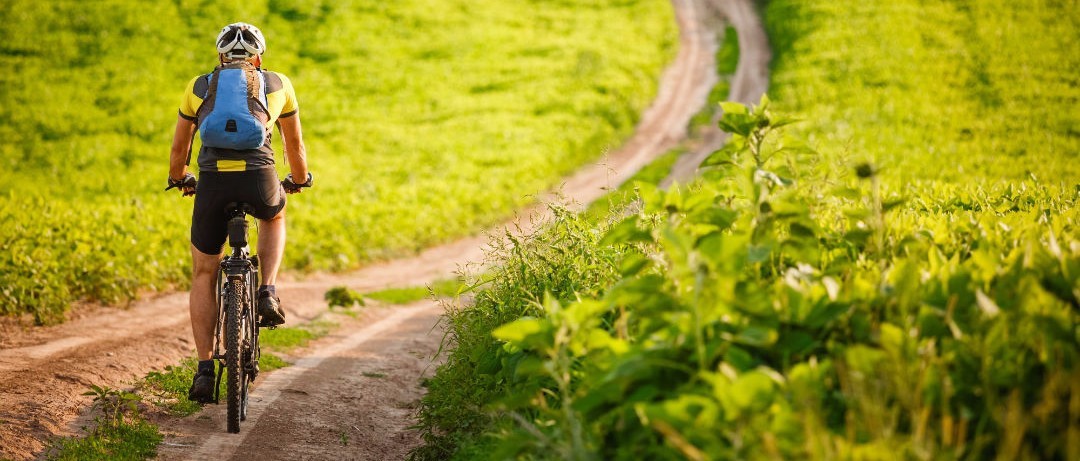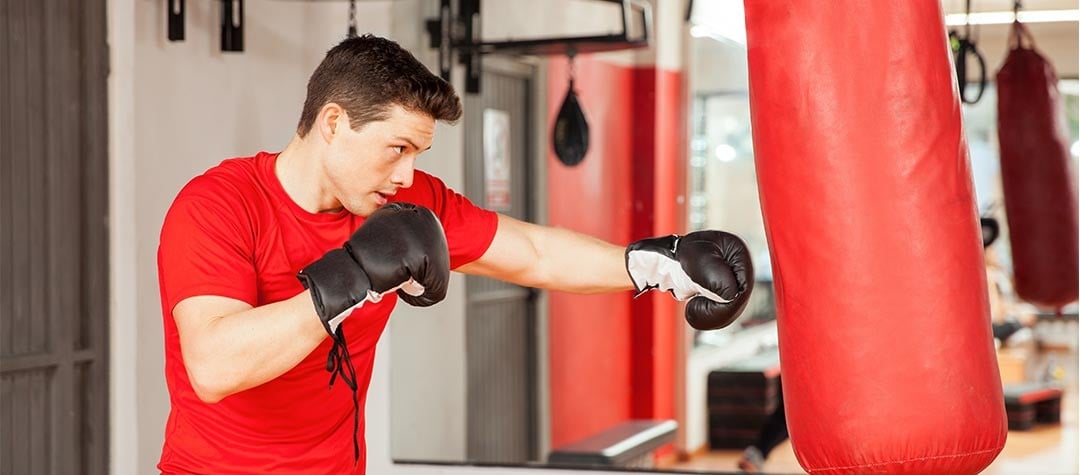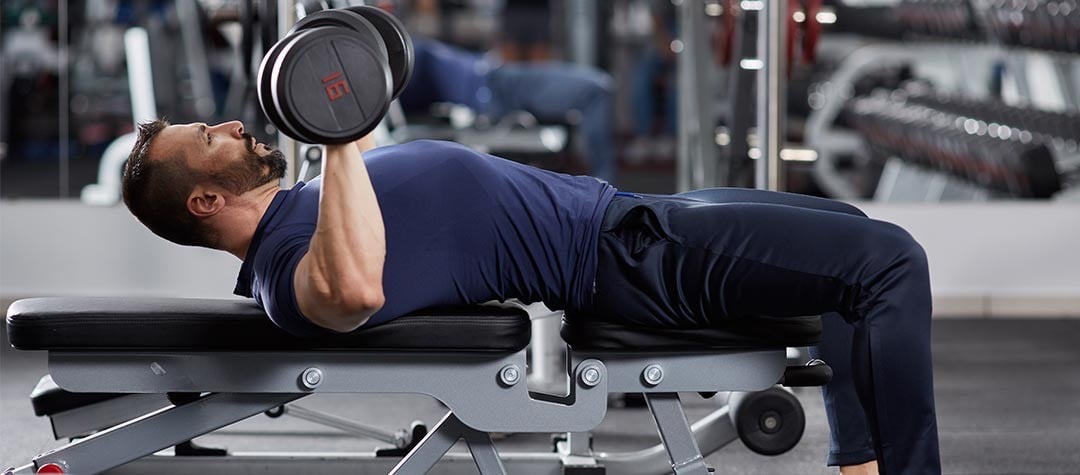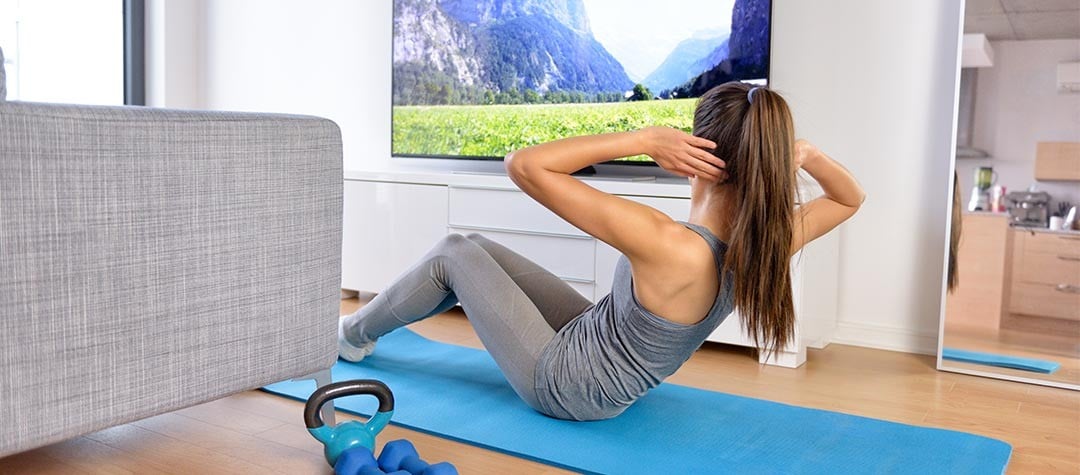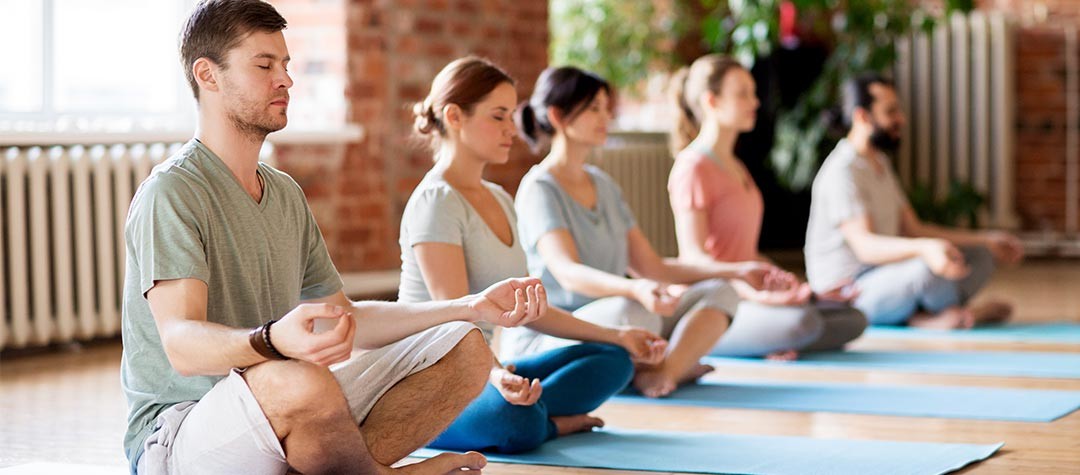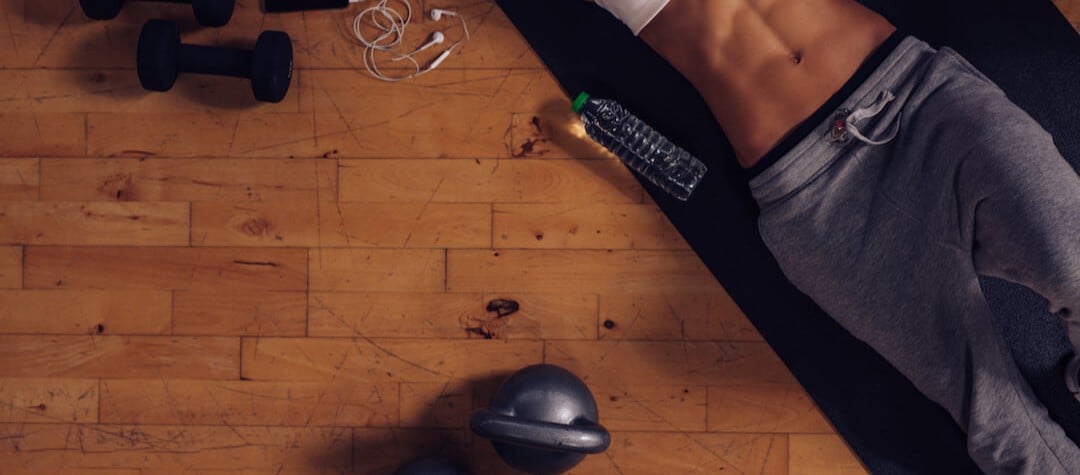From short holidays where your panniers are transported between hotels, to full blown self-supported cycling tours, we've got some top tips on getting fit for a cycle touring break.
Cycling gives you the opportunity to get close to the real country and cover more ground than you could on foot. It’s also excellent exercise! However, to get the maximum benefit from your break it’s important that you get ‘cycle-fit’, which is where we come in.
To help you get in shape for the specific demands of your trip, follow our get fit guide below, which includes advice on:
- How to assess your current fitness
- How to build your cycle-fit cardiovascular (CV) fitness
- Resistance training exercises to strengthen key areas
- The importance of flexibility training in your training
Where are your fitness levels now?
First you need to honestly assess your current fitness levels; cardiovascular (CV), resistance (strength) and flexibility. At this stage, your CV training doesn’t have to be cycling; specificity comes as part of the programme. Any aerobic exercise that raises your heart rate and makes you slightly breathless, counts. The same process applies to any resistance and flexibility training that you do.
Without an idea of where you are now, you can’t measure progression or start at the appropriate level. From the categories below, check out which one is the nearest match to your current level of training. That will form the basis of your cycle-fit exercise programme.
A: I regularly workout, doing one or two resistance training, at least three CV (or exercise class) sessions each week and regular stretching.
B: I carry out CV training three or more times per week.
C: I resistance train twice or more per week.
D: I exercise occasionally (CV or resistance).
E: I haven’t exercised for some time.
What training is right for me?
Simply consult the following table to match your fitness level with the most suitable training programme. After that, follow the specific training guidelines and away you go!
| Current fitness level | CV training | Resistance training | Training notes |
| A | Focus purely on cycling training and include some back-to-back sessions, where you train on consecutive days. | Change your training focus to concentrate on leg, arm and back exercises. | You should be in good shape. Continue with your training, including the recommended adaptations. |
| B | Focus purely on cycling training and include some back-to-back sessions, where you train on consecutive days. | Start with a single session each week, building to two sessions as your fitness improves. Use light weights to begin with, only adding weight when you are both comfortable with the exercise and capable of stepping up. Focus on leg, arm and back exercises. | You have a good foundation, look to factor in the resistance training to fully prepare for your cycle tour. |
| C | Start a gradual cycling training programme. Build up to a minimum of three sessions each week and aim to eventually be capable of cycling for the duration of a single day’s ride. | Continue with your current programme concentrating on leg, arm and back exercises. | Your resistance training background should ensure that you have good all round strength. Your primary focus will now be specific cycling training. |
| D | Increase your cycling training to a minimum of three sessions each week and aim to eventually be capable of cycling for the duration of a single day’s ride. | Start with a single session each week, building to two sessions as your fitness improves. Use light weights to begin with, only adding weight when you are both comfortable with the exercise and capable of stepping up. Focus on leg, arm and back exercises. | You will have a double focus, cycling and resistance training. Allow yourself sufficient rest to allow your body to adapt to the increase in training volume across both disciplines. |
| E | Start a gradual cycling programme of cycling every third day. Build up to a minimum of three sessions each week and of the duration of a single day’s riding. | Start with a single session each week, building to two sessions as your fitness improves. Use light weights to begin with, only adding weight when you are both comfortable with the exercise and capable of stepping up. Focus on leg, arm and back exercises. | Have a check-up with your GP before you begin so that you have the all clear to begin exercising. After that, look for gradual progression. Start your training as early as possible. |
Where are you going?
The next stage is to accurately assess the level of fitness that you need for your cycle tour. Carry out as much research as possible into the country’s topography, climate, etc. Factors to consider include duration, rest days, terrain, whether you’re carrying a load and distances covered each day. Cycle tours vary considerably from completely supported tours with rest days, where all your equipment and baggage is carried, to unsupported and tough adventures in challenging locations. From this information you will have an idea of how soon you need to start your programme.
Getting started with your training programme
Look to begin as early as possible, to give your body the maximum amount of time to adapt and strengthen in readiness for your holiday. Avoid trying to cram several months of specific training into a couple of weeks, because as well as arriving totally unprepared, you are likely to end up injured and having to postpone your break. By starting in good time, you can factor in plenty of rest days as you build your fitness and easily incorporate your training into your life, as opposed to beginning late and trying to fast-track your fitness — at the exclusion of everything else.
CV cycling training
This should form the foundation of your cycle-fit training programme. Without good CV fitness, you will be unable to complete each day. Look to carefully progress your CV fitness so that in the final weeks, you are comfortable with the maximum daily distances that you will encounter. Make your CV exercise specific to your trip, i.e: cycling, and if possible, try to train on similar terrain. If weather conditions or darkness makes it difficult to train outdoors, consider using a cycle trainer at home, which you can attach to your existing bike, or join a gym and use the stationary bike. Another option is spinning classes, which is a fun and intense workout on special indoor bikes for 60 minutes.
A minimum of three sessions per week should be your aim, including some back-to-back sessions later on in your programme, similar to your cycling days.
Resistance training
Training with weights will build specific strength in the key muscles that you will use when cycling. The main focus areas are the legs, arms (biceps and triceps) and back. Aim to build up to two sessions per week and try to get correct instruction so that you carry out the exercises correctly, get the maximum benefits from your training time and most importantly, avoid injury. A programme focusing on these key areas and including a warmup and cooldown, should only take 30 to 40 minutes, so it can be fitted into your life without too much difficulty.
Flexibility training
In addition to your cycling and resistance training, try and include a few stretches after each cycle ride. Long periods in the saddle can lead to rounded shoulders, so chest flexibility training should be your main focus. In addition, stretch the main muscles in the legs and lower back for a few minutes after each ride, to ease any stiffness and keep loose and supple.
Ready to go!
After following this cycle-fit programme you will be ideally placed to get the absolute best from your cycle tour. CV, resistance, flexibility, all-round fitness and body awareness will be the benefits you enjoy, in addition to general improved health through being fitter.

